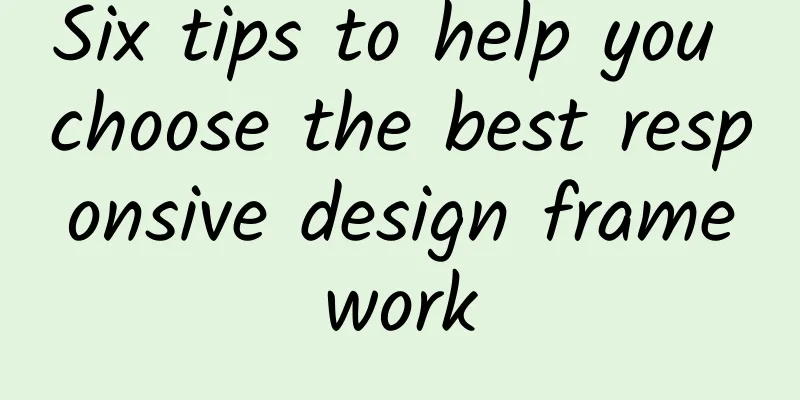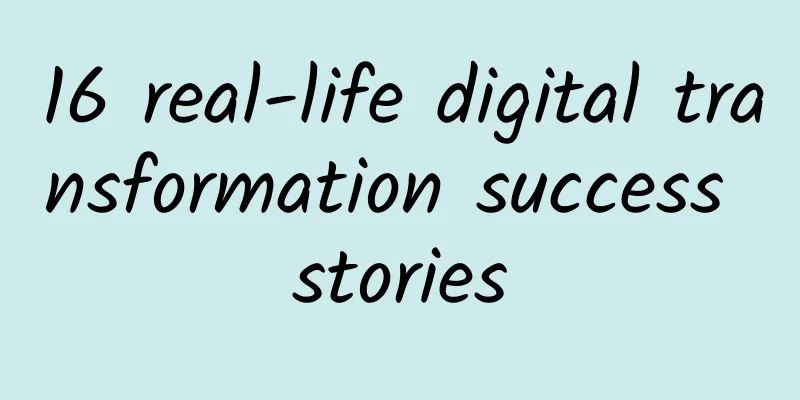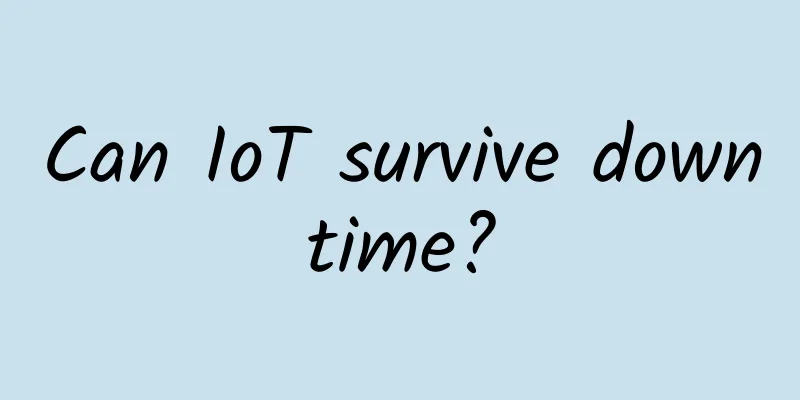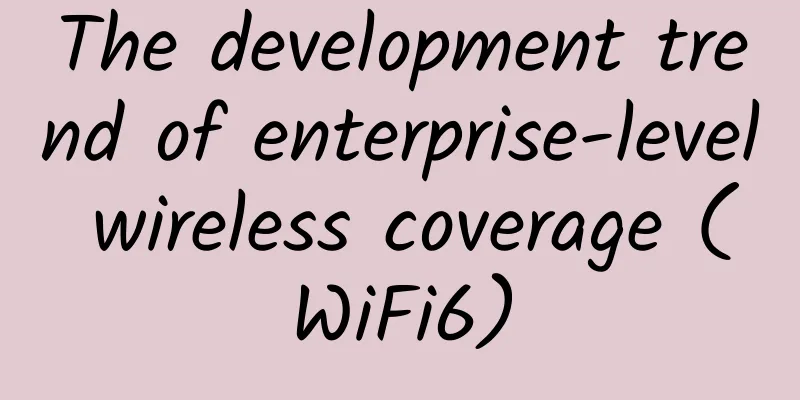|
【51CTO.com Quick Translation】 For designers and front-end developers, there are now enough ready-made prototype frameworks and ready-to-implement frameworks to choose from. You can find lightweight comprehensive frameworks with simple designs and any framework that suits your next project. Designers have enough choices among these frameworks. Therefore, you can choose the framework you are willing to delve into or the one that suits you best, not necessarily the most popular framework model at the moment.
It is worth noting that these frameworks are different and they provide different solutions. Each framework has different advantages and disadvantages, which forces you to make the right choice. Therefore, we have summarized some factors that influence your choice of the best responsive framework, hoping to help your next project.
1. Easy to learn
If you are just a beginner, a simple and easy to learn responsive framework will be very easy to use. Therefore, you need to choose a shallow learning method, a user-friendly interface, and one designed for beginners. Choose one with simple functions so that you can easily use it and achieve the desired effect. Its documentation can be read quickly and easily. Design frameworks usually have special documentation to guide users to install, modularize, and extend. Even if such frameworks have a wide range of functions, it is easy for users to understand how to use these different functions to achieve a certain effect. Such frameworks serve as example guides and foundation frameworks. Foundation frameworks usually include a demo file to help novices practice.
2. External resource volume
In addition to documentation, you also need enough external resources to help you understand how to best use your chosen responsive design framework to achieve the desired results. Choose a framework that can give you extra help, which will come in handy when you need to do a Google search. Some frameworks have video training tutorials that can give users a seamless learning experience. If you are the kind of designer who likes to use some tricks, you should choose a framework that has enough blogs and tutorials to refer to. Such frameworks usually include tutorials, basics, how-to guides, and more.
3. How simple it is
Today's designers like simple and lightweight framework designs. The advantage of using these frameworks is that they do not require a lot of resources and do not rely on any specific type of grid and template. Simple frameworks are very easy to learn and master, so they are also easy to get started. Some of them only provide necessary functions and are very small in size. Another additional advantage is that they do not affect the page loading time. Now we can choose to use a lot of lightweight frameworks, such as Schema and Caramel.
4. How to adapt to it
Flexibility is something that must be considered when designing a responsive framework. Fortunately, there are quite a few frameworks that have great resources and features that can be customized even before you download the files. For app prototyping and CMS-integrated backends, some frameworks are very flexible in use. Take some frameworks, such as Concise, for example, you only need to get the basics, because this framework is designed from the beginning to be small and simple. From this small application, you can get what is really necessary, and then you can build your favorite application with it. This is actually the best choice for designers who want to design their own UI elements.
5. Browser Support
If you want to get more users through different browsers, browser support is very important. Although many users now use mobile phones to surf the Internet, there are also many users who use PCs. Therefore, it is not enough to only focus on the friendliness of the mobile interface when designing a web page. When facing different users, the user experience of the comprehensive browser cannot be ignored. Since different browsers are used by users, there may be differences in the presentation effect. Therefore, when choosing a framework, you must first find out which browsers are used by most users, and then choose a framework that can support most browsers for program development. Through these design frameworks you like, you can understand their performance and adaptability to different browsers, which can help you make the right choice.
6. Accessibility
The design framework you choose should promote accessibility, and it should be able to overcome any barriers that affect the opening and interaction of web pages. It is very important for website designers to ensure that different users (even disabled users) can smoothly access the website and obtain information. The needs of different users will also guide their design and help them develop and edit the website correctly.
It is very necessary to choose a good design framework for each project you undertake. It should not be difficult to find such a framework among the various responsive frameworks we recommend, and then your development work will be much smoother. Design frameworks are meant to be suitable for different types of projects, so don't forget your project requirements at any time, and I believe you will pick the best one.
Translated by Liu Nina
Original link:
http://codecondo.com/choosing-the-best-responsive-design-framework/
[Translated by 51CTO. Please indicate the original translator and source as 51CTO.com when reprinting on partner sites] |










